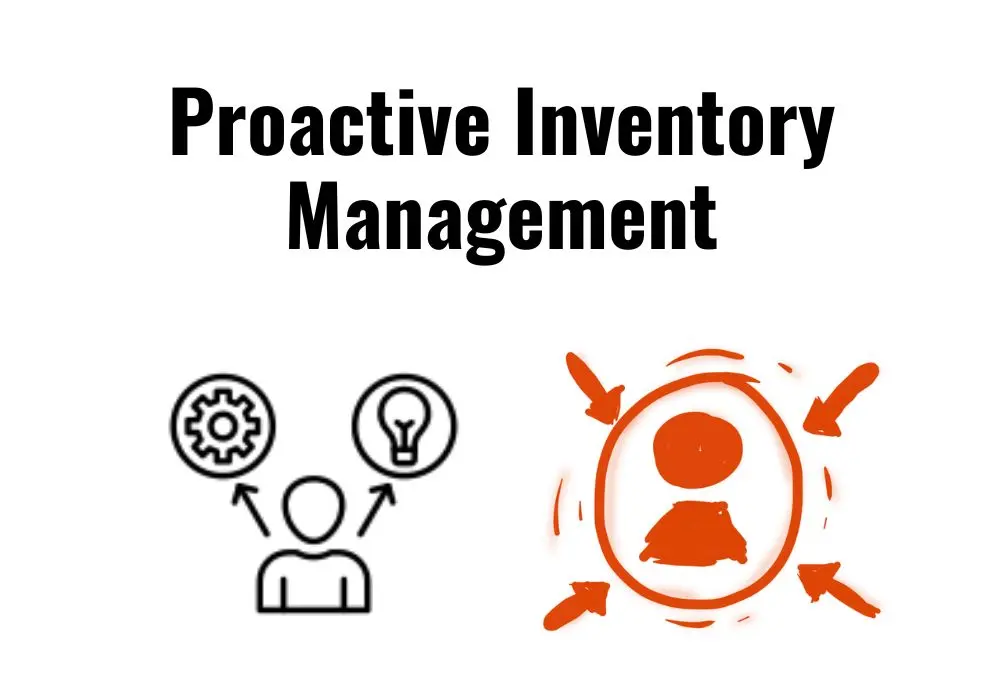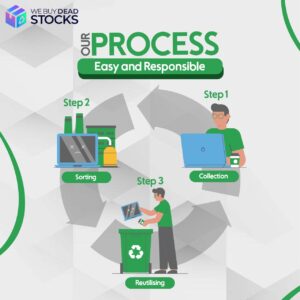Proactive inventory management entails forecasting sales or demand for multiple seasons or even years in advance. In this post, we will tell you about proactive inventory management. You can use this information to assist in planning your next round of inventory supply purchases.
So let’s get started.
What Are The 3 Types Of Inventory Management?
Inventory management is a strategy for keeping the correct inventory in the right quantity at the right time and cost. As part of supply chain management, inventory management assists organizations in managing inventory control and various inventory levels, such as determining what and how much stock to order at what time.
Let’s understand three types of inventory management.
Raw Material
Raw materials are the basic materials a manufacturing organization purchases from its suppliers. The former applies manufacturing procedures to transform them into finished goods. Aluminum scrap, for example, is a raw material used by a firm that manufactures aluminum ingots. Flour is the raw ingredient used by a bakery or Pizza shop. Similarly, metal components and ingots are the raw materials purchased by a vehicle manufacturer, and crude oil is the raw material purchased by an oil refinery.
Raw materials are classified into two types: direct and indirect. Direct materials are unprocessed resources that may be traced back to a specified final product.
Indirect materials are raw resources that cannot be assigned to specific items.
Example
Direct
An excellent example of direct raw material is lumber. When the fender gets a shipment of lumber, the woods are sorted and stem for certain guitars. These natural ingredients are assigned to certain final items.
Indirect:
Fender guitars wood most likely classifies guitar finish as an indirect raw material. The guitar finish comes in 55-gallon barrel drums. Because it is impossible to choose a finish for each guitar. The drums of guitar finish and lacquer are commonly referred to as factory supplies.
Work In Progress WIP
Work-in-progress inventory is sometimes known as semi-finished items. They are the raw materials that have been removed from the stockpiles of the raw material and are presently being converted into finished goods.
The less inventory tied up as work in progress, the better. It is logical, given that the inventory in progress is useless until it is turned into the finished products. It could be sellable at some point, but it won’t create any money for the company’s primary business.
As a result, it is preferable to keep the volume of inventory in the form of work in progress to a minimum.
Example
For example, a bakery with 50 loaves of bread in production is considered a work in progress; if a tailor’s swing suit has 5 cuts but still needs to be stitched, all five outfits are considered work in process. Work in progress, on the other hand, takes a long time to complete. A work in progress is a building with three stories out of a planned 25-story skyscraper.
Finished Goods
Finished goods are the final items created after applying the manufacturing procedures outlined earlier in the article on raw materials and semi-finished goods. They are marketable, and their sale completely adds to the income generated by the company’s primary business.
Example
Examples of finished goods are fruits and vegetables, meats, serial and clothes, toys, electronics, gasoline, etc.
What Are The 5 Steps To An Effective Inventory System?
Establish A System For Accurate And Accessible Inventory Data
The first stage in inventory management is to generate, comprehend, document, and organize inventory data. Inventory data management and reliable data analysis should be your top priorities in our data drive and company world. When done regularly, it aids in the identification of slow-moving products, fast-selling products, damaged or trash products, and missing or stolen commodities. It reduces disruption to your company.
Create A Customized Process For Your Business Type
A systematic approach to inventory planning and well-defined standard processes assist firms in developing a foolproof system capable of responding quickly to unpromising client demand and even circumstances such as supply chain breakdown.
Maintain An Eye On Current Industry Developments.
Trends and their direction changes can transform any sector’s face at any time. It is essential to stay current with inventory management trends to continue in business. Keep up with the latest developments in distributed inventory management cloud solutions automation machine learning, predictive analytics, intelligent and hybrid warehousing, inventory control, third-party logistics Data analytics, blockchain, and the AR /VR industry, among others.
Be Ready For Supply And Demand Variations.
Successful businesses never lose upon continuous improvement. In harsh market conditions, shift information decision-making, constant examination of current inventory processes, and tireless actions to improve existing procedures are critical to preparing businesses for difficult times.
Implement an Integrated Inventory Management System
The most important step that supplements The other four phases outlined in the article is the deployment of inventory management software. It is a comprehensive solution for controlling all areas of inventory.
What is the difference between proactive and reactive management?
| Proactive management | Reactive management |
|---|---|
| They are prepared for most contingency. | They are not prepared for any uncertainties. |
| It knows to take steps in emergencies. | It doesn’t know how to take steps in emergencies. |
| It can easily recover from any disaster. | If it recovers the process will be slow. |
| Able to satisfy customers during uncertain situations. | Less likely to serve customers in uncertain situations. |
| Experience less legal distress. | Are left open to more legal complications. |





